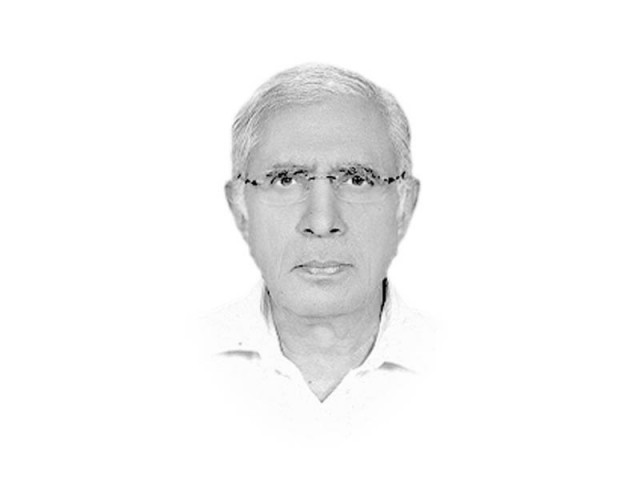Cost of neglecting exports
The textile industry could diversify its product portfolio by exploring new markets such as Africa and Russia

The writer served as Executive Editor of The Express Tribune from 2009 to 2014
And entrenching themselves deeper in the comfort zone of denial, these officials also seem to be refusing to see the writing on the oil-importing countries’ wall. Due to the reduced income of these countries because of low oil prices, Pakistan would soon start experiencing reduced foreign exchange remittances by overseas Pakistanis, since most of these remittances come from oil-rich Saudi Arabia and the UAE. But as of now, our officials do not seem to have developed a Plan B to meet the reversal on this front that is expected to further expand our current account deficit and thereby impact more adversely on our balance of payments position.
The biggest problem seems to be rearing its head on the textile industry front which accounts for 57 per cent of total exports, 46 per cent of manufacturing, 40 per cent of employment and 8.5 per cent of GDP. Pakistan is the fourth largest cotton producer in the world and its spinning capacity is the third largest in Asia.
But just compare our textiles and clothing export performance with India and Bangladesh: between 2009 and 2014, our textile exports increased by 40 per cent (from $9.9b to $13.9b) whereas in the same period, India’s increased by 140 per cent (from $22b to $47b) and Bangladesh’s by 104 per cent (from $12.5b to $25.5b) while the international conditions were the same for all three countries.
The textile industry, whose own performance over the years on value addition and investment in marketing and exploring new markets has been far from desirable, believes it would be able to improve its export performance if the FBR were to release all the held-up sales tax and other refunds and rebates to the textile and garment exporters as well as to ensure availability of 3/5/10-year loans at reduced rates to the textile and garment industry, for modernisation. This has been announced, but funds are said to be not yet available.
Of course, the massive shortage of power is also affecting the performance of the overall economy, which to a great extent includes the textile industry. Hopefully, the electricity shortage would, to a great extent, be overcome if gas is available to the textile and apparel industries. This is being assured by the gas agreement with Qatar.
Meanwhile, let us take a closer look at a new competition that is emerging on the global textile market in the shape of the Trans Pacific Partnership signed early this year among the Pacific Rim countries which include the USA, Japan, Australia, New Zealand, Canada, Mexico, Malaysia, Vietnam, Singapore, Chile, Brunei and Peru. This agreement, on the face of it, seems to effectively shut out non-member countries from textile imports by allowing duty-free import of goods from member countries. The condition is that yarn and fabric must originate from member countries.
Pakistan’s textile exports to the Trans Pacific Partnership countries in 2014-15, in dollar terms, were 9 per cent of Pakistan’s total textile exports. Vietnam,as a member of the TPP, is expected to increase its exports tremendously to the TPP countries, taking away the market share of countries like Pakistan. Similarly, textile and apparel exports to the USA in 2014 from Mexico, was $5.9 billion, and from Canada $1.4 billion of textiles. Both are TPP members, due to which their exports to the USA are expected to grow substantially. Pakistan’s share of 2.76 per cent in USA textiles and clothing imports will consequently reduce, unless we take corrective action.
To counter this new challenge, the textile industry on its own, without seeking official crutches, could diversify the product portfolio by producing high value-added textile and apparel; explore new markets such as Africa and Russia, which have tremendous opportunities for our exporters; invest in the latest technology to produce high-quality products demanded by the international customers, develop brands and engage in intensive marketing to establish a strong market position.
Published in The Express Tribune, February 27th, 2016.
Like Opinion & Editorial on Facebook, follow @ETOpEd on Twitter to receive all updates on all our daily pieces.















COMMENTS
Comments are moderated and generally will be posted if they are on-topic and not abusive.
For more information, please see our Comments FAQ